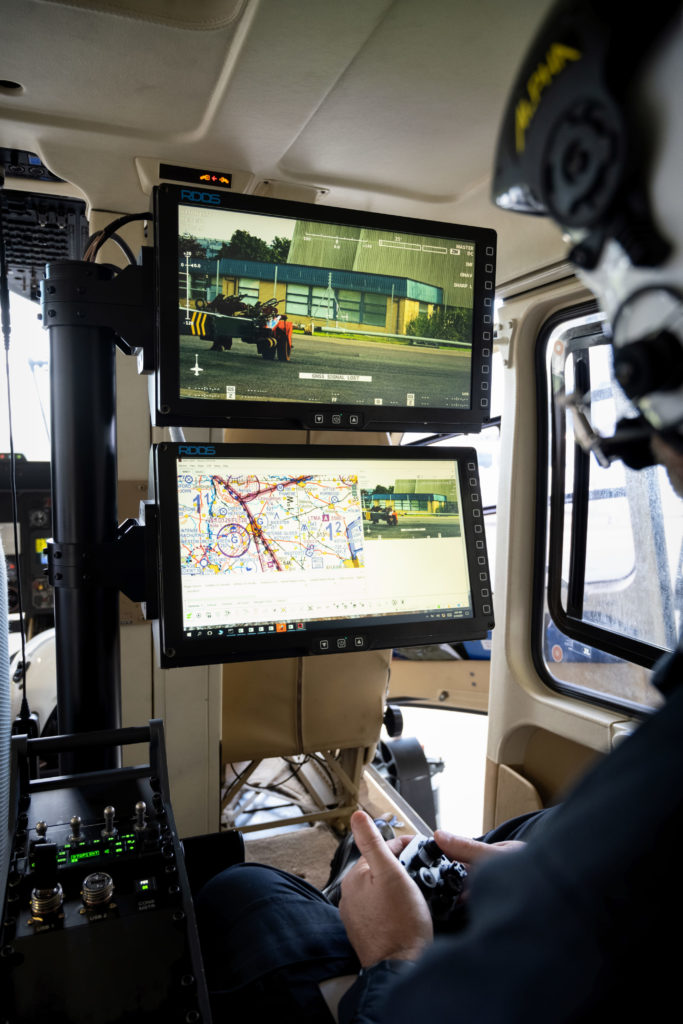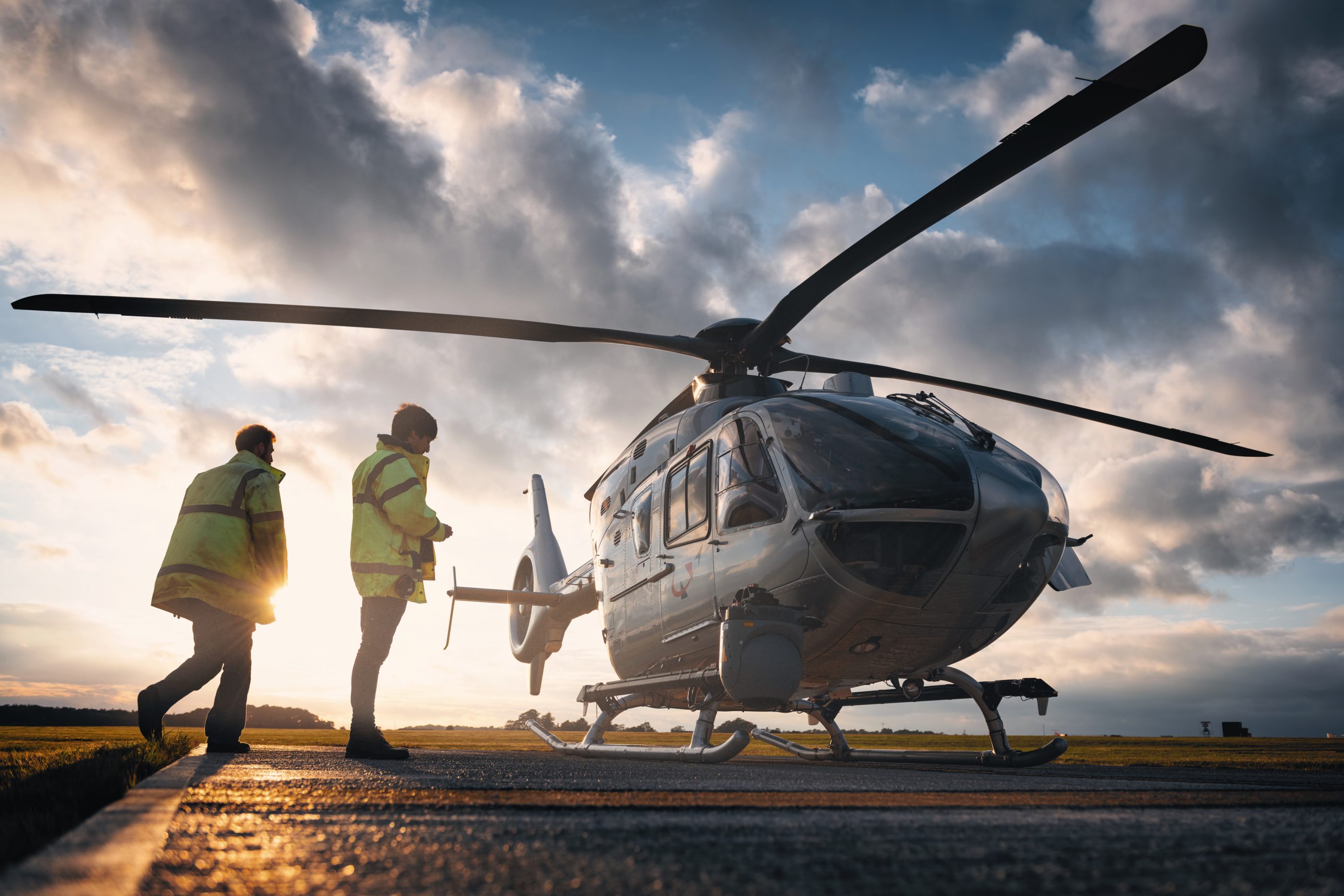Aircraft have long been used to provide an ‘eye in the sky’ for law enforcement organizations. Now, aerospace solutions provider Nova Systems wants to expand that capability to include the ears and brain as well.

Nova Systems Europe and GVH Aerospace, part of the Nova Group, demonstrated this capability in their Next Generation C4ISR (Command, Control, Communication and Computers, Intelligence, Surveillance and Reconnaissance) mission system at Brighton City airport, UK, in mid-September.
The companies have used their experience of aerospace systems integration to interface a broad suite of sensors with a common mission system capable of both fusing that data into a common operating picture and then securely transmitting it off-board.
“The Next Generation C4ISR system is designed to pull together information from a broad range of different sensors to deliver an enhanced level of situational awareness,” said Cher Min Teo, general manager of aerospace capability at GVH Aerospace.
Powered by the CarteNav AIMS-ISR mission system operating on a proprietary mission computer, the Next Generation C4ISR mission system features a custom-designed modular crew interface and is designed to be both platform and hardware agnostic, capable of interfacing with a broad suite of sensors to the customer’s specification.

“Making the system agnostic means not only making it capable of being fitted into different types of aircraft, but also able to accommodate all of the physical and electrical interfaces that are features of the various available systems,” said Teo.
This commonality of systems across platforms could provide savings not only in equipment procurement and support, but also in training, as operators do not need to be adept in multiple systems.
The demonstration system was integrated on an Airbus Helicopters EC135, a common platform for law enforcement support operations, and featured a suite of advanced sensors including the Safran Euroflir 410 electro-optical sensor as well as the Smith-Myers ARTEMIS cell phone detection and geolocation system. However, the system is designed to be capable of operating on existing platforms with currently fielded sensors.
An air-to-ground communications system provided by Astronautics enabled the output from those sensors to be transmitted securely using LTE – also called 4G – cell phone communication infrastructure. This enables high-bandwidth capabilities such as video streaming to be conducted without the cost and complexity of establishing and maintaining a tactical data link.
Teo explained that while advanced sensors have become commonplace in law enforcement aircraft and undoubtedly improve situational awareness for the crew, the Nova Systems and GVH Aerospace system is aimed at delivering that situational awareness in real time to the people who need it the most.
“The system provides a common operating picture between the aircraft, the operations room, and personnel on the ground. That is the biggest advantage that the system brings to operators, be they involved in law enforcement, border patrol or search-and-rescue operations,” he said.









